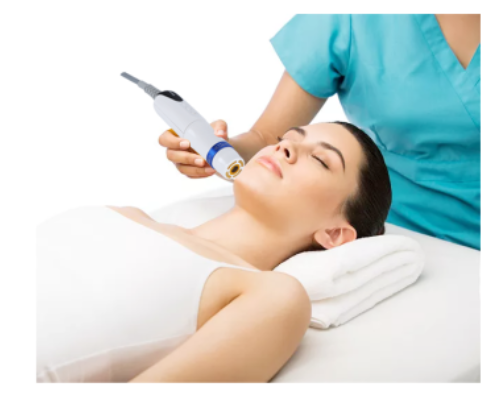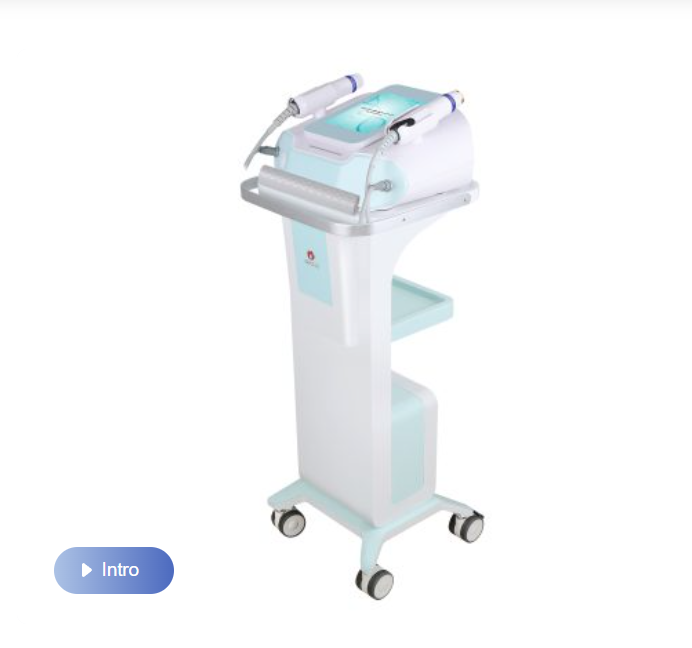HIFU machine training typically covers various aspects related to the safe and effective use of the technology. The specific training requirements may vary depending on the manufacturer, device model, and intended application of the HIFU machine. Here are some common training areas that may be covered:
- Hifu Device Familiarization
- HIFU Treatment Techniques
- Patient Selection and Assessment
- Safety Protocols
- Imaging and Monitoring
- Maintenance and Troubleshooting
Hifu Device Familiarization
Device Familiarization is a crucial aspect of training sessions for HIFU machines. During these sessions, trainees are introduced to the HIFU machine, its components, and are taught how to operate the device effectively and safely. This training ensures that healthcare professionals have a comprehensive understanding of the equipment they will be using.
The first step in device familiarization involves a detailed overview of the HIFU machine and its physical components. Trainees learn about the main unit, handpieces, transducers, control panel, and any additional accessories that come with the device. They become acquainted with the purpose and functionality of each component, understanding how they work together to deliver HIFU treatments.
Understanding the control panel is a key aspect of device familiarization. Trainees learn how to navigate the control panel, adjust settings, and select treatment parameters. This includes setting the desired energy levels, treatment depth, and duration. They also become familiar with any preset treatment modes or customizable options available on the HIFU machine.
System settings play a vital role in optimizing treatment outcomes and ensuring patient safety. Trainees are trained to understand and modify system settings according to specific treatment requirements. This includes setting parameters such as ultrasound frequency, focal length, and scanning patterns. They also learn about safety features, such as emergency stop buttons, temperature monitoring, and energy delivery controls, which are essential for maintaining patient safety during treatments.
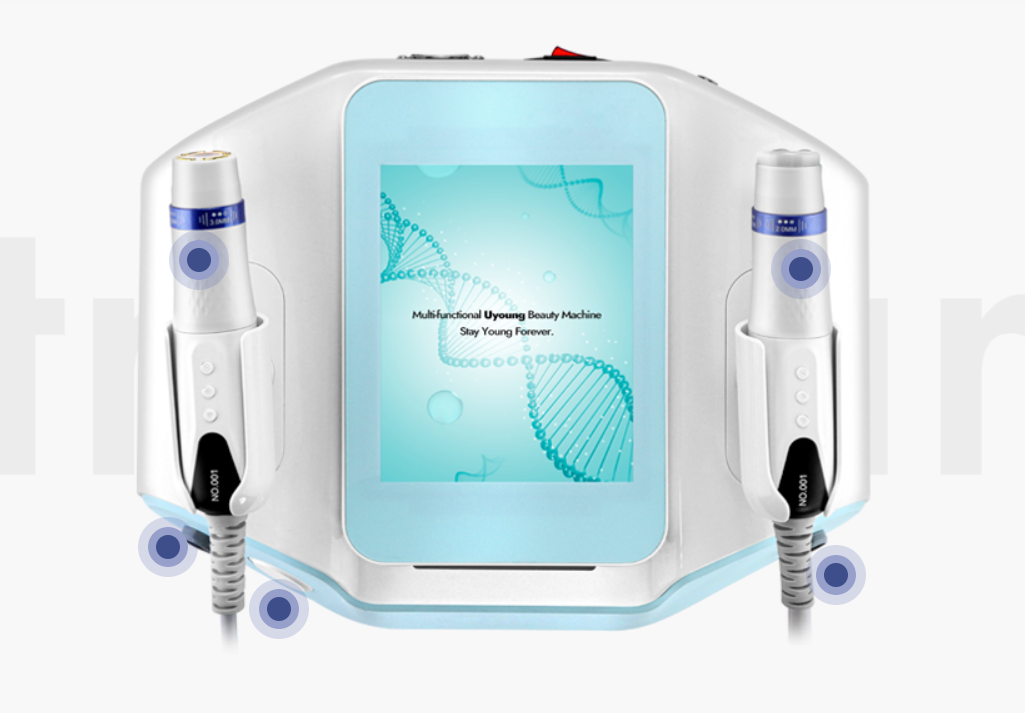
Front View
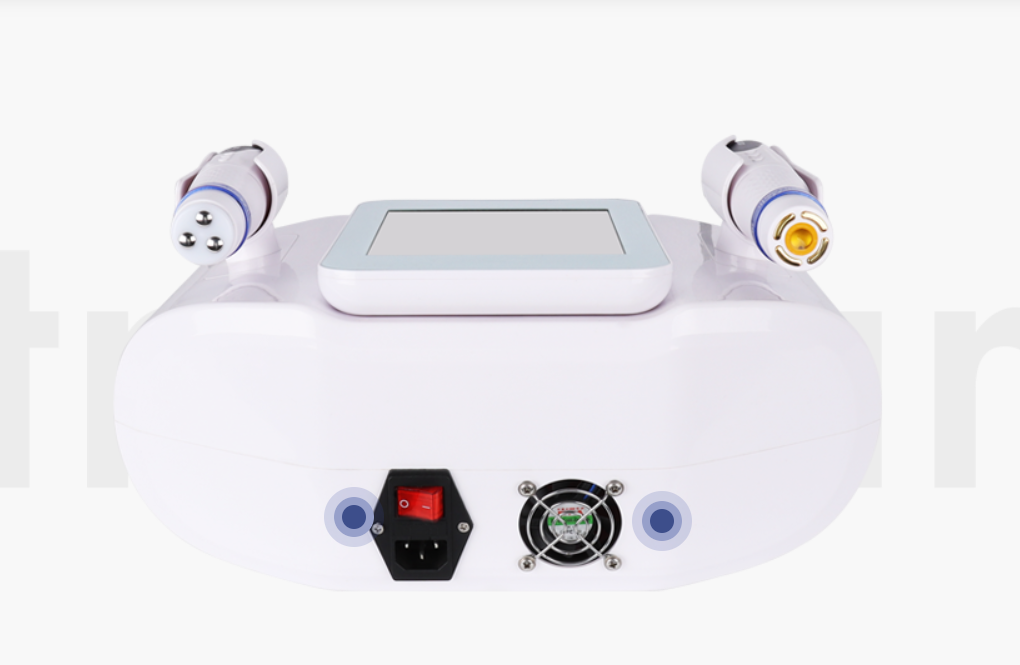
Back View
Throughout the device familiarization training, emphasis is placed on safety protocols and guidelines. Trainees learn about the importance of proper positioning of the device and patient to ensure accurate targeting and minimize the risk of adverse events. They are also educated on safety precautions related to using HIFU machines, including avoiding sensitive areas, managing energy delivery, and monitoring patient comfort during treatments.
By the end of the device familiarization training, healthcare professionals gain the necessary knowledge and skills to operate the HIFU machine confidently and proficiently. They are equipped with the understanding of the device’s components, control panel, system settings, and safety features, enabling them to provide safe and effective HIFU treatments to their patients.
Device familiarization is a fundamental step in HIFU machine training, ensuring that healthcare professionals are well-prepared to harness the power of the technology and deliver optimal outcomes for their patients.
HIFU Treatment Techniques
Treatment Techniques are a crucial aspect of training sessions for HIFU machines. This training focuses on teaching healthcare professionals the specific treatment techniques and protocols associated with HIFU technology. It equips them with the knowledge and skills necessary to perform HIFU treatments effectively and achieve optimal patient outcomes.
During the training, healthcare professionals learn about various treatment techniques that can be employed using the HIFU machine. This includes understanding the different applications of HIFU in medical and aesthetic fields. For example, in the medical field, HIFU is commonly used for tumor ablation or localized tissue destruction, while in the aesthetic field, it is utilized for skin tightening and rejuvenation.
Trainees are educated on treatment planning, which involves assessing patient needs and determining the appropriate HIFU parameters for the specific treatment area. This includes considering factors such as the depth and size of the targeted tissue, energy levels, and treatment duration. Treatment planning ensures that the HIFU energy is focused precisely on the intended area for optimal results.
Proper positioning of the HIFU device is crucial for accurate targeting and effective treatment. Healthcare professionals learn about the correct positioning techniques for different treatment areas, such as the face, neck, abdomen, or extremities. They understand how to maneuver the handpiece or transducer to ensure consistent and uniform energy delivery throughout the treatment area.
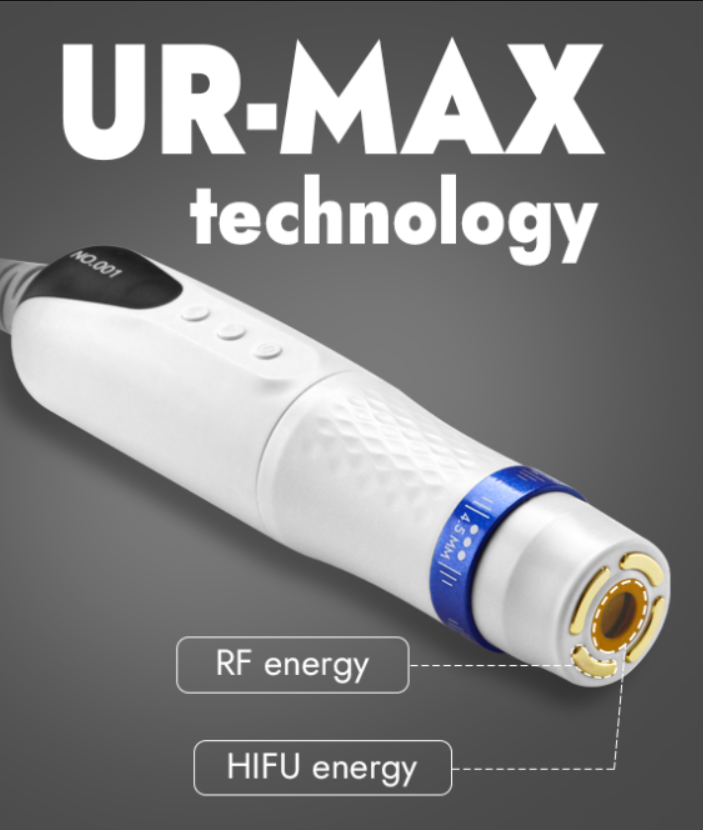
Adjusting treatment parameters based on patient characteristics and targeted tissue is an essential aspect of treatment techniques. Trainees learn how to customize HIFU settings based on factors such as the patient’s skin type, desired treatment outcome, and specific condition being treated. This customization allows for tailored treatments that address individual patient needs.
Throughout the training, healthcare professionals also gain an understanding of the safety measures associated with HIFU treatments. They learn to recognize potential adverse events and complications, and how to mitigate or manage them effectively. This includes monitoring patient comfort and feedback during treatments to ensure a safe and tolerable experience.
By mastering treatment techniques, healthcare professionals become proficient in using HIFU machines to deliver precise and effective treatments. They acquire the skills to optimize energy delivery, target specific tissues, and achieve desired treatment outcomes for their patients.
Treatment techniques training empowers healthcare professionals to harness the full potential of HIFU technology, providing them with the tools to deliver safe, personalized, and effective treatments in both medical and aesthetic settings.
Patient Selection and Assessment
Patient Selection and Assessment are critical components of training sessions for HIFU machines. This training focuses on educating healthcare professionals about the criteria, considerations, and assessments involved in selecting and evaluating patients for HIFU treatments. It ensures that practitioners can identify suitable candidates and provide the most appropriate care.
During the training, healthcare professionals learn about the indications for HIFU treatments in various medical and aesthetic applications. They understand the conditions or concerns that can be effectively addressed using HIFU technology. This includes conditions such as localized tumors, uterine fibroids, or cosmetic concerns like skin laxity and wrinkles.
Trainees are educated on the importance of patient selection criteria to ensure optimal treatment outcomes. They learn to assess patient suitability based on factors such as overall health, medical history, specific condition or concern being addressed, and any contraindications or precautions associated with HIFU treatments.
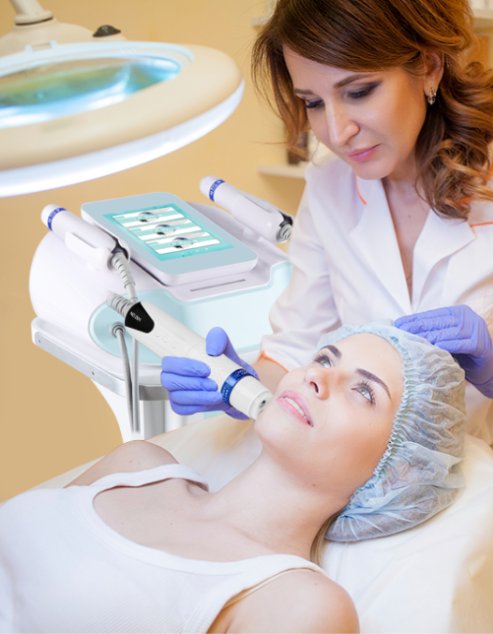
Understanding patient medical history is a crucial aspect of patient selection and assessment. Trainees learn to review and analyze relevant medical records, imaging reports, and diagnostic tests to determine the feasibility and safety of HIFU treatments. This helps in identifying any potential risks, complications, or factors that may affect treatment planning.
Conducting pre-treatment assessments is an essential part of patient selection and assessment. Trainees learn how to perform physical examinations and evaluate the specific treatment areas. This may involve assessing the skin quality, measuring tissue thickness, and documenting the baseline condition. These assessments aid in treatment planning and provide a benchmark for evaluating treatment outcomes.
During the training, healthcare professionals also learn to manage patient expectations effectively. They understand the potential outcomes, benefits, and limitations of HIFU treatments. They learn to communicate with patients, addressing their concerns, providing realistic expectations, and discussing any potential risks or side effects associated with the treatment.
Trainees are trained to document and maintain comprehensive patient records, including assessment findings, treatment plans, and post-treatment outcomes. This helps in tracking the progress and evaluating the effectiveness of HIFU treatments over time.
By mastering patient selection and assessment, healthcare professionals can confidently identify suitable candidates for HIFU treatments and tailor the treatment approach based on individual patient needs. This ensures that patients receive the most appropriate care and maximize the benefits of HIFU technology.
Patient selection and assessment training play a vital role in the safe and effective delivery of HIFU treatments. It empowers healthcare professionals to make informed decisions, provide personalized care, and achieve optimal treatment outcomes for their patients.
Safety Protocols
Safety Protocols are of utmost importance in training sessions for HIFU machines. This training focuses on educating healthcare professionals about the essential safety measures, precautions, and guidelines to ensure the well-being and safety of both the patient and the practitioner during HIFU treatments.
During the training, healthcare professionals are instructed on the importance of adhering to strict safety protocols when using HIFU machines. They learn about the potential risks and hazards associated with HIFU treatments and how to mitigate them effectively.
Trainees are educated on the proper use and application of safety equipment and measures. This includes understanding the use of protective eyewear, gloves, and other personal protective equipment (PPE) to ensure the safety of both the patient and the practitioner. They learn to implement infection control measures, maintaining a sterile environment and minimizing the risk of cross-contamination.

Safety protocols also include measures to ensure patient safety during HIFU treatments. Healthcare professionals learn to accurately identify and mark the treatment area, ensuring precise targeting and minimizing the risk of energy delivery to unintended tissues. They are trained to position the HIFU device correctly and securely on the patient’s body to maintain stability and prevent any accidental movement during the procedure.
Trainees learn to monitor and assess patient comfort and tolerance throughout the treatment. They understand the importance of maintaining effective communication with the patient to address any discomfort or pain. They also learn to adjust treatment parameters, such as energy levels and duration, to ensure the procedure remains within the patient’s comfort threshold.
In the event of potential adverse events or complications, healthcare professionals are trained to respond promptly and appropriately. They learn to recognize signs of adverse reactions, such as excessive pain, skin changes, or abnormal tissue responses, and take necessary actions to mitigate or manage these situations. This may involve adjusting treatment parameters, providing additional anesthesia or pain relief, or seeking medical assistance if needed.
Furthermore, training in safety protocols includes knowledge of emergency procedures and contingency plans. Healthcare professionals learn to handle emergency situations, such as power failures or equipment malfunctions, to ensure patient safety. They are trained to respond calmly and effectively, following established protocols and guidelines.
By mastering safety protocols, healthcare professionals can confidently perform HIFU treatments with a strong focus on patient safety and well-being. They understand the importance of maintaining a safe environment, implementing infection control measures, and responding to potential adverse events to ensure a positive treatment experience for the patient.
Safety protocols training is essential to the successful implementation of HIFU technology. It equips healthcare professionals with the necessary knowledge and skills to provide safe and effective treatments, reducing the risk of complications and promoting positive patient outcomes.
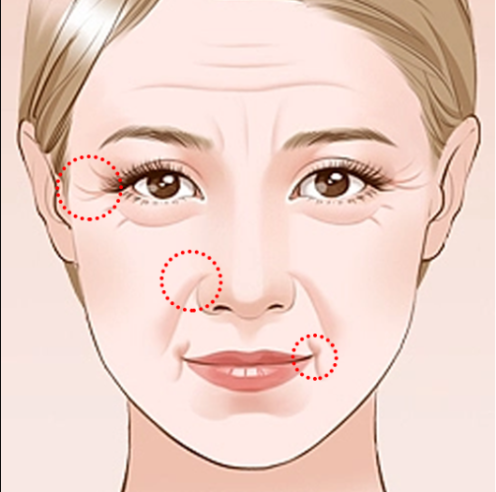
Imaging and Monitoring
Imaging and Monitoring play a vital role in training sessions for HIFU machines. This training focuses on educating healthcare professionals about the imaging techniques used in HIFU treatments and the importance of real-time monitoring during the procedure.
During the training, healthcare professionals learn about the different imaging modalities used in conjunction with HIFU machines. This includes techniques such as ultrasound imaging, magnetic resonance imaging (MRI), or computed tomography (CT) scans. They gain an understanding of how these imaging modalities provide visualization and guidance during HIFU treatments.
Trainees are trained on the proper use of imaging equipment and how to interpret the images obtained. They learn to identify the targeted tissue area, assess its size and characteristics, and plan the HIFU treatment accordingly. This imaging guidance ensures precise targeting and accurate delivery of the HIFU energy to the intended tissue.
Real-time monitoring is another crucial aspect of HIFU training. Healthcare professionals learn to monitor the treatment progress and the patient’s response during the procedure. They are trained to interpret real-time imaging feedback, such as temperature maps or tissue changes, to ensure the desired therapeutic effect is achieved without causing harm to surrounding tissues.
Trainees also gain an understanding of the various monitoring parameters used in HIFU treatments. This includes monitoring the temperature at the treatment site, as excessive heat can cause tissue damage. They learn how to adjust treatment parameters based on the monitored feedback to maintain a safe and effective treatment environment.
In addition to real-time monitoring, healthcare professionals are educated on post-treatment monitoring and follow-up procedures. They learn to assess the patient’s response to the treatment, monitor for any delayed effects or complications, and schedule appropriate follow-up appointments to track the progress and ensure optimal outcomes.
By mastering imaging and monitoring techniques, healthcare professionals can enhance the accuracy and effectiveness of HIFU treatments. They can utilize imaging guidance to precisely target the treatment area and monitor the patient’s response in real-time, ensuring the desired therapeutic effect while minimizing the risk to surrounding tissues.
Imaging and monitoring training is crucial for successful HIFU treatments, as it allows healthcare professionals to utilize advanced imaging techniques, interpret real-time feedback, and adjust treatment parameters accordingly. This ensures optimal patient outcomes and enhances the overall safety and efficacy of HIFU procedures.

Maintenance and Troubleshooting
Maintenance and Troubleshooting training is an essential component of HIFU machine training. This training focuses on educating healthcare professionals about the routine maintenance procedures and troubleshooting techniques associated with HIFU machines. It equips them with the knowledge and skills necessary to ensure the proper functioning and longevity of the device.
During the training, healthcare professionals learn about the routine maintenance tasks required to keep the HIFU machine in optimal working condition. This includes cleaning and disinfection procedures, proper handling of the equipment, and regular calibration to maintain accuracy and precision. Trainees are trained on the specific maintenance protocols recommended by the manufacturer for the particular HIFU machine they are using.
Trainees also learn about the troubleshooting techniques for addressing common issues that may arise during the operation of the HIFU machine. They are educated on how to identify potential problems, such as equipment malfunctions, software errors, or connectivity issues. They gain knowledge on the steps to take in diagnosing and resolving these issues, either independently or with the assistance of technical support.
Additionally, healthcare professionals are trained on the proper handling and storage of HIFU machine components, including transducers, cables, and accessories. They learn how to protect these components from damage and ensure their integrity for reliable and safe operation.
By mastering maintenance and troubleshooting techniques, healthcare professionals can effectively manage the upkeep of the HIFU machine, minimizing downtime and optimizing its performance. They can perform routine maintenance tasks, troubleshoot and resolve common issues, and ensure the device is always ready for safe and efficient use.
Maintenance and troubleshooting training is crucial for the long-term functionality and reliability of HIFU machines. It empowers healthcare professionals to take proactive measures in maintaining the equipment, promptly addressing any technical issues, and ensuring uninterrupted access to HIFU treatments for their patients.
By ensuring the proper maintenance and troubleshooting of HIFU machines, healthcare professionals can maximize the lifespan of the device, minimize the risk of equipment failure, and provide consistent and high-quality HIFU treatments to their patients.
Conclusion
HIFU machine training is a comprehensive and vital process that equips healthcare professionals with the knowledge and skills necessary to safely and effectively utilize HIFU technology in medical and aesthetic treatments. The training covers various aspects, including device familiarization, treatment techniques, patient selection and assessment, safety protocols, imaging and monitoring, and maintenance and troubleshooting.
HIFU machine training ensures that healthcare professionals have a thorough understanding of the HIFU machine, its components, and how to operate it. They become familiar with the control panel, system settings, and safety features, enabling them to confidently navigate the device and provide optimal treatment experiences for their patients.
Treatment techniques training enables healthcare professionals to master the specific protocols and techniques associated with HIFU treatments. They learn treatment planning, proper device positioning, and adjustment of treatment parameters based on patient characteristics and targeted tissues. This expertise ensures precise and effective treatment delivery, leading to favorable outcomes.
Patient selection and assessment training are critical for identifying suitable candidates for HIFU treatments. Healthcare professionals learn to evaluate patient medical history, assess specific conditions, and understand the indications and contraindications for HIFU treatments. This knowledge enables them to provide personalized care and maximize the benefits of HIFU technology for each patient.
Safety protocols training emphasizes the importance of patient and practitioner safety during HIFU treatments. Healthcare professionals learn to implement strict safety measures, use personal protective equipment, and mitigate potential risks and complications. They are trained to respond to adverse events and emergencies effectively, ensuring the well-being of the patient throughout the treatment process.
Imaging and monitoring training enables healthcare professionals to utilize advanced imaging techniques, interpret real-time feedback, and adjust treatment parameters accordingly. This ensures accurate targeting and effective delivery of HIFU energy while minimizing the risk to surrounding tissues. Post-treatment monitoring and follow-up procedures further enhance patient care and treatment outcomes.
Maintenance and troubleshooting training equips healthcare professionals with the necessary skills to perform routine maintenance, address common technical issues, and ensure the proper functioning of HIFU machines. This training minimizes downtime, optimizes device performance, and enhances the overall reliability of HIFU treatments.
Overall, HIFU machine training plays a crucial role in enabling healthcare professionals to harness the full potential of this innovative technology. It ensures that practitioners are well-prepared to deliver safe, precise, and effective HIFU treatments, ultimately improving patient outcomes and transforming the landscape of medical and aesthetic procedures.
